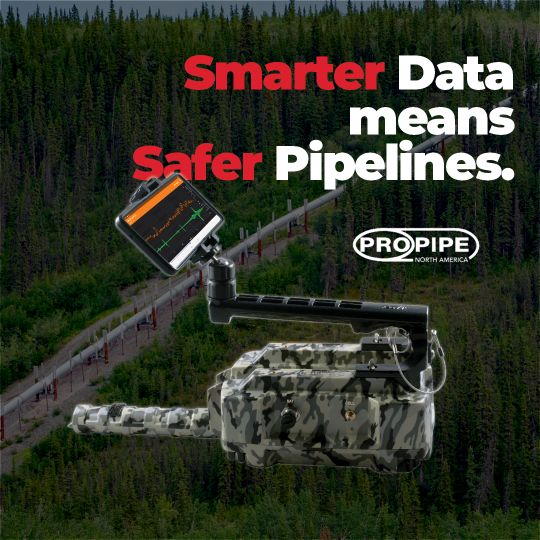Pipeline incidents are rare. When they occur, the consequences are devastating for the environment, human health, and industry trust. Each incident is a lesson in risk mitigation. As a result, integrity management is evolving fast, with operators turning to smarter tools, better data, and more transparent protocols.
According to the U.S. National Transportation Safety Board (NTSB), major pipeline failures over the past decade have been linked to: delayed maintenance, undetected corrosion or metal loss, human error in tracking pig location and tool performance. Notable incidents such as the Marshall, Michigan oil spill (2010) and San Bruno gas explosion (2010) accelerated industry-wide changes in how pigging data is collected, analyzed, and acted upon.
Post-incident reviews from PHMSA* and CEPA** have led to stricter in-line inspection (ILI) standards. Emphasis was made on anomaly detection and verification, mandatory recordkeeping and traceability of pig runs, and requirements for real-time data systems. These changes have reinforced the need for reliable, cloud-connected pig tracking platforms that offer predictive insights.
Modern integrity programs now prioritize:
- Data Centralization. All pig detection events are stored in centralized systems for rapid review and reporting.
- Real-Time Monitoring. Platforms like PigView Web allow operators to respond to anomalies as they occur.
- Predictive Maintenance. AI tools forecast when equipment may fail or require repair.
- Audit Trails. Time-stamped data logs create verifiable records for regulators and internal review.
How Propipe North America Supports Incident Prevention
At Propipe North America, our technology provides dual-sensor accuracy to confirm every pig passage, high-frequency waveform logging for post-run verification, GPS tagging with cloud storage for instant data sharing, and AI-based filtering to reduce false positives and missed detections. These features don’t just support compliance — they help prevent incidents before they happen.
Pipeline Integrity Management Industry Insights
As reported by industry organizations like the Interstate Natural Gas Association of America (INGAA) and the National Association of Corrosion Engineers (NACE), both leaders in pipeline safety and corrosion prevention, proactive pipeline integrity management can reduce incident rates. Companies that adopt real-time pig tracking and predictive analytics have reported faster issue identification and response, fewer emergency digs, and improved stakeholder confidence.
Every incident is a catalyst for change. Today’s pipeline integrity management practices are built on data, prediction, and real-time visibility, and Propipe North America’s pig tracking solutions are engineered to meet that challenge head-on.
*PHMSA – Pipeline and Hazardous Materials Safety Administration
A U.S. federal agency within the Department of Transportation responsible for regulating and ensuring the safe transport of energy and hazardous materials via pipelines and other means.
**CEPA – Canadian Energy Pipeline Association
An industry association in Canada that represents major pipeline companies, focusing on safety, environmental protection, and advocacy for pipeline integrity standards.
ILI – In-Line Inspection
A pipeline inspection method that uses devices (“pigs”) traveling inside the pipeline to detect anomalies such as corrosion, cracks, or other defects.



